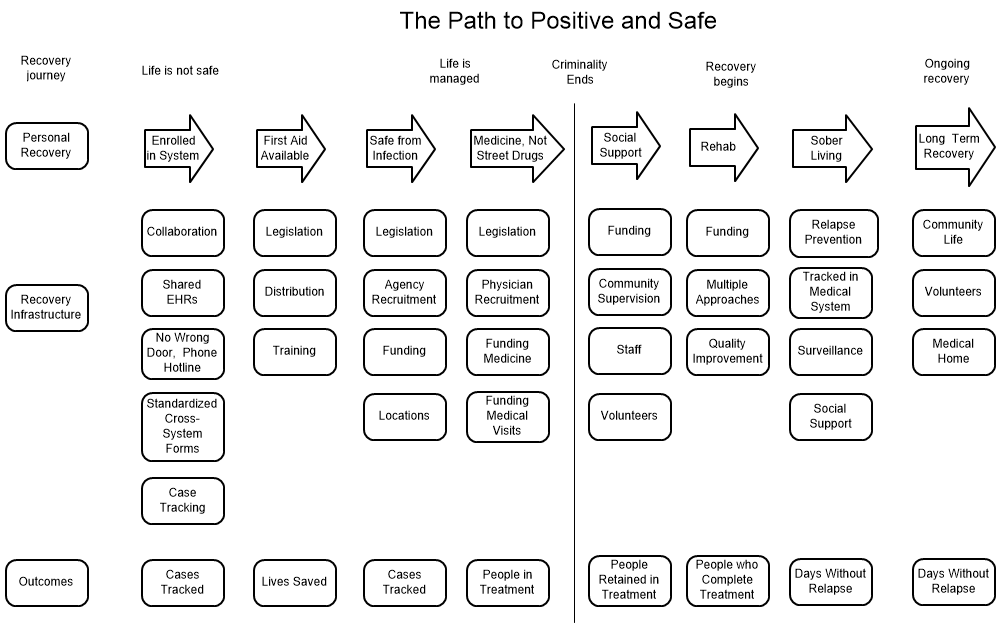 It is time to reform some of our "reforms." As I visit elements of our mental health and addiction service systems, I am finding out that certain reform efforts are having trouble delivering on their promises. For the people hit by these failures, people with mental health and addiction and their families, this is a scandal that causes as much suffering and death as old-style chain gangs.
It is time to reform some of our "reforms." As I visit elements of our mental health and addiction service systems, I am finding out that certain reform efforts are having trouble delivering on their promises. For the people hit by these failures, people with mental health and addiction and their families, this is a scandal that causes as much suffering and death as old-style chain gangs.
I. DRUG COURT DEBACLE
I spent a day in drug court recently.
What a disappointment. It was an exercise in piling probation violations on top of felony convictions for being an addict.
The court does not offer medication assisted treatment, so it is to be expected that nearly everyone relapses -- which then becomes a new conviction.
I was there with a man who had a 5th degree felony possession conviction for less than a gram of heroin (something actually against the prosecutor’s indictment policy) from two years ago. He’s still on and off the docket, and getting intermittently incarcerated.
What a waste of time and resources – and a profound extended life disruption for this man, who has extensive trauma, anxiety and mood problems, and needs stability, not this.
Everyone else on the docket seemed to be living out the same story.
I hope this was not a typical day for Drug Court. If so it is a system failure. Everyone doing the work seemed appropriately committed to delivering a good result. They just had a tool that was broken, one that doesn't fit heroin.
II. MENTAL HEALTH COURT MADNESS
I met a woman in a peer recovery center last month who is in trouble with her
Mental Health Court because she isn't taking her medication. She has a therapist she visits regularly, and a doctor who is happy with her not using medication, but the court keeps threatening to sanction her unless she starts taking medication.
Even though she is pregnant.
III. THE LIE THAT KILLS
Methadone is the most widely used medication to manage
cravings for heroin and other opiate drugs. It has been used for close to 50
years to stabilize people, especially those who have the most trouble moving
past heroin use. The “market rate” cost of methadone treatment is about $15 per
day. Most people who need methadone can’t afford it unless Medicaid covers this
expense.
In Northern Kentucky, the local methadone clinic wants to
bill Medicaid for its methadone dispensing service, but it can’t. The state has
not set up a way for the clinic to enroll as a Medicaid provider. There is no
code to use for billing, and no fee structure.
The State Medicaid Plan mandates methadone service, but state
officials won’t act. This violates the federal benefit rights of vulnerable
people and puts people’s lives at risk. When the people who have the most
difficulty making progress without medical help are left without options, they
relapse and die.
This part of the Medicaid plan is just a lie that kills.

